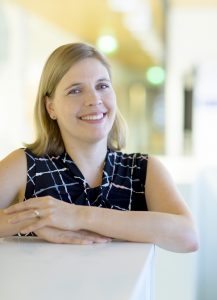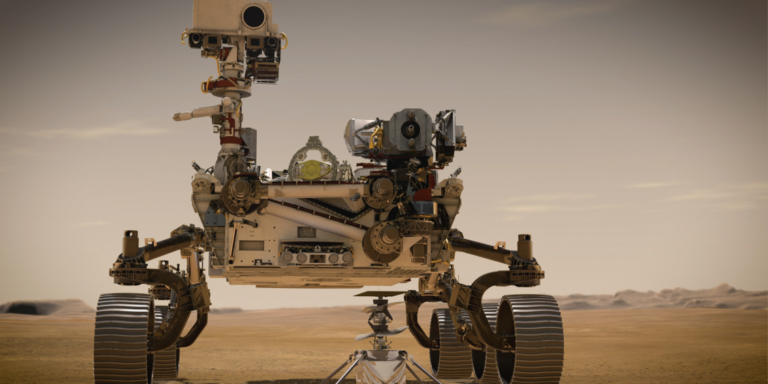In July this year, NASA launched the rover Perseverance, armed with technologies that will monitor Mars’s climate, help to understand the planet’s geology and determine whether there ever has been – or if the red planet could sustain – life.
There are several measurement instruments on board the rover, and once it lands in February 2021, the technologies will be put to work. On board are also two measurement devices developed by the Finnish Meteorological Institute (FMI) which are based on Vaisala’s world-known sensor technology. The measurement devices are housed within the Mars Environmental Dynamics Analyzer (MEDA) kit of the rover.
With curiosity and perseverance
The technology is similar but more advanced to the ones sent to Mars on the first Curiosity rover in 2012. In 2015, on the same Mars mission, the sensors helped detect traces of ancient water on the red planet, a discovery that told scientists that perhaps Mars at one time had water. And water could mean life.
When Perseverance lands on Mars early next year, its mission will be partly the same: in addition to testing totally new equipment on Mars, NASA is looking at measuring humidity and pressure to learn more about the red planet, and preparing for the first crewed mission there one day. The data, it is hoped, will give scientists also a better understanding of Earth’s climate, history and potentially, its future.
Once landed, the Curiosity and Perseverance rovers will form a small-scale observation network on the surface of Mars. The network is only the first step, anticipating the extensive observation network planned on Mars in the future. As happened with Curiosity, the sensors on board the Perseverance will need to work for years, collecting accurate data without the need for maintenance.
Research, develop, repeat
Our sensors are about the size of a pencil eraser, but these small chips have a big impact. Vaisala’s sensor technology will be used to obtain accurate and reliable pressure and humidity data from the surface of the red planet. Our HUMICAP sensors measure humidity, whereas BAROCAP sensors monitor barometric pressure; humidity and pressure data is essential to understand the atmosphere on Mars. But these sensors are not built just for this Mars mission, the core technology has actually been around for decades, helping our customers to optimize their industrial processes or forecast weather conditions right here on Earth.
The technology behind the HUMICAP and BAROCAP sensors was first developed in the 1970s for use in radiosondes and enhancement of the sensors’ technology has continued ever since. Today, the very same technology used in weather observation has proved to offer our industrial customers better visibility into their own processes in a wide range of industries and applications, resulting in less waste and increased energy efficiency.
The severe vibration during take-off and landing, the vacuum of space, and the extreme temperatures and dust on Mars pose naturally significant challenges for the technology. In fact, the humidity instrument delivered to the new Perseverance rover has been tested to withstand temperatures as low as -135ºC, and before these sensors ever traveled to space, they had already survived harsh measurement conditions here on Earth, such as operating reliably in hot and dusty baking ovens or under paper mill hoods.
Also, aside from going into the upper levels of the atmosphere with a radiosonde, they are also released from airplanes into hurricanes and tropical storms inside dropsondes. Built by Vaisala under license from UCAR, the dropsondes are designed by the Earth Observing Laboratory at the NCAR in Boulder, Colorado. The data obtained from the dropsondes helps improve forecasting of these dangerous storms by 20%.
Our world-leading in-house research and development and manufacturing processes have been proven to ensure accurate and reliable measurements of the highest quality – whether here on Earth or out in space. It is very exciting to develop these sensors that affect our lives every day – from helping us decide whether to wear a jacket or take an umbrella to work and monitoring precise conditions in a museum, factory or cleanroom, to finding answers to the mysteries of other planets.
 About: Liisa Åström
About: Liisa Åström
Åström is the leader of R&D and product management in Vaisala Industrial Measurements. She has 20 years of experience in design as well as commercial and technical management of high-tech products in a global business environment. Åström is passionate about creating customer value and a seamless dialog between business and technology, and enabling the success of R&D projects through team spirit and communication.



